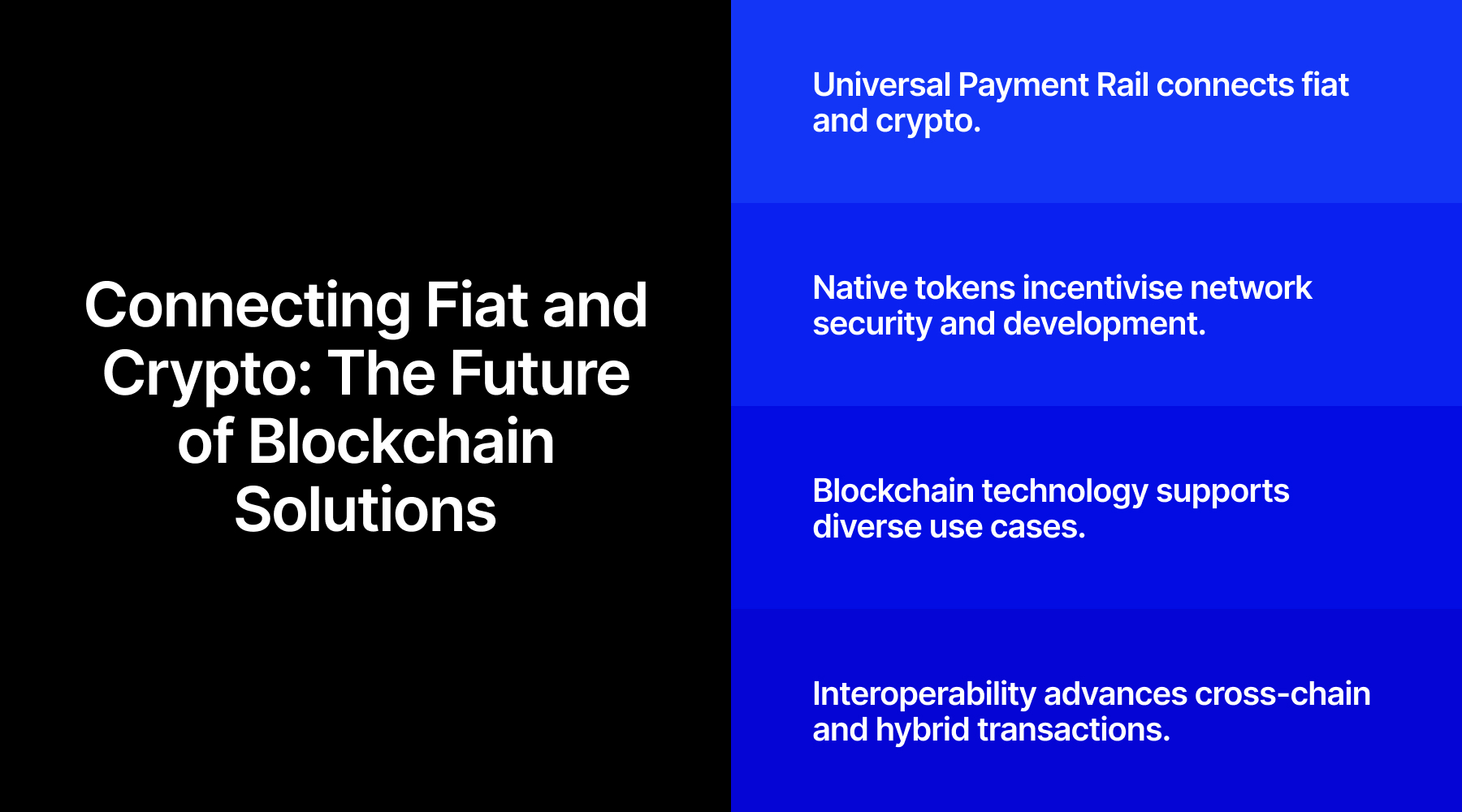Bitcoin’s recent surge past the $100,000 mark is no small feat, considering 18 months ago many pundits thought the industry was dying or would fade into obscurity. Despite Bitcoin hitting $108,000 in December before falling to under $95,000, one need only look at its price on January 1, 2024 ($42,500) to see just how far the original cryptocurrency has risen.
Rising crypto prices aren’t simply a reflection of the asset class’s usual ebbs and flows, but rather the result of a matured industry ready for growth. As 2024 winds down, decentralized finance’s (DeFi) total value locked (TVL) has increased to over $125 billion, while intriguing AI use cases and real-world asset (RWA) tokenization highlight crypto’s growth.
The Interoperability Challenge in Blockchain Technology
However, as the industry expands and successes pile up, more DeFi protocols and blockchains are launched regularly. This isn’t inherently bad, but these additions further separate the industry’s liquidity – highlighting its failure to develop genuine interoperability despite being widely viewed as a top priority.
Since blockchains operate as independent protocols featuring different coding languages and smart contract formats, they lack the inherent ability to send data and funds to one another. Additionally, different consensus mechanisms and data structures make standardization between Ethereum, Avalanche, and TRON, for example, a challenge—especially for non-native users.

Cross-Chain Bridges: A Temporary Fix
Cross-chain bridges like the Synapse Protocol help pairs of blockchains speak the same language, enabling native tokens from one chain to be transferred to the other. Unfortunately, building a bridge between every blockchain inadvertently further fragments DeFi’s liquidity.
The proliferation of competing bridges and blockchains not only increases fragmentation, it also disrupts the user experience in terms of consistent interfaces, supported tokens, and security standards. This ultimately limits scalability while inviting hackers to try to exploit an ever-expanding number of attack vectors where faulty coding and other vulnerabilities have already led to billions being drained from cross-chain protocols.
The complex user experience and potential security threats alone create a barrier to mass adoption. Solving these issues requires addressing the need for ecosystem-wide standardization, not patchwork solutions like bridges.
Artificial Intelligence and blockchain are revolutionizing the future of technology on the @injective Protocol.
— Whi?perNode ? | ???⚛️ (@WhisperNode) January 6, 2025
In this video, we explore the integration of AI agents with Web3, how blockchain enhances AI with decentralization, security, and interoperability, and why Injective… pic.twitter.com/u62ZrM3ImE
Kima: Blockchain Interoperability
As interoperability becomes an increasingly pressing challenge, one company’s recent progress provides the entire ecosystem with a crucial infrastructural solution. Kima, an asset-agnostic, peer-to-peer money transfer and payment protocol, launched its blockchain in early October, creating a platform to advance intra-blockchain transactions and set a new standard for asset transfers that even includes fiat.
Kima’s protocol functions as a decentralized settlement layer enabling secure transfers across different networks and currencies without using potentially risky smart contracts. Now with its mainnet live, financial institutions, Web3 organizations, and other enterprises can integrate Kima’s software to enable immediate and frictionless cross-chain or hybrid (fiat-crypto) transactions.
How Kima’s Technology Works
What makes Kima’s protocol unique is its ability to break the link between currency and payment rails. It does this with its Universal Payment Rail (UPR) and Liquidity Cloud. The UPR connects to a vast network of fiat systems such as bank accounts and digital wallets across a growing number of blockchains, including Bitcoin, Ethereum, Solana, and TRON.
Interoperability is everything for the future of blockchain. pic.twitter.com/fRwQOAoivq
— Axelar Network (@axelar) December 21, 2024
Complementing Kima’s mainnet is the native KIMA utility token that powers the interoperable blockchain’s security through staking. The KIMA token also incentivizes network validators, allowing its decentralized settlement layer to facilitate ecosystem development, transaction payments, and liquidity processing.
Expanding Use Cases and Broader Impact
Kima’s underlying technology is capable of supporting an expanding list of applications that include cross-border transfers, hybrid credit cards, tokenized RWAs, borrowing and lending, Web3 gaming, Bitcoin DeFi, cross-chain wallets, and more.
Before Kima, transferring money or digital assets between different blockchains or between crypto and banks required intermediaries like centralized exchanges, making the process slow, expensive, and risky. Kima’s ability to facilitate a wide range of use cases provides more than just a solution to unify the blockchain ecosystem; it also creates a decentralized link between two competing ecosystems, benefiting both institutions and Web3 organizations.

